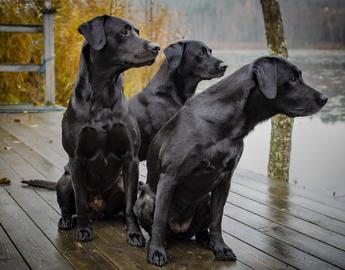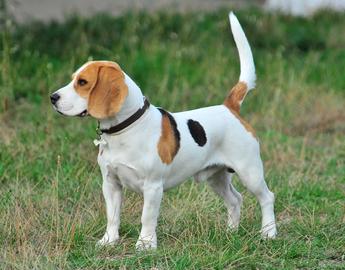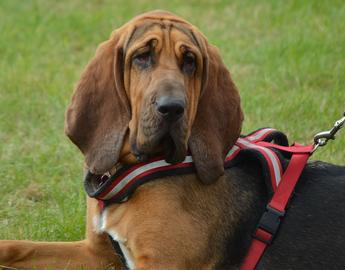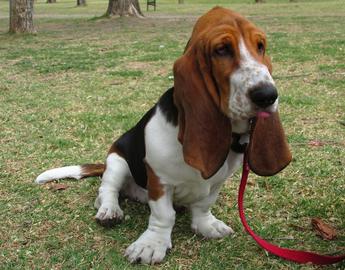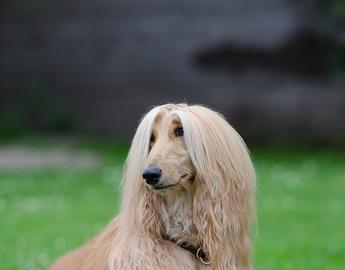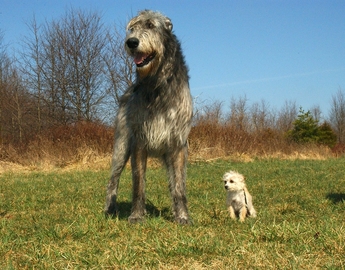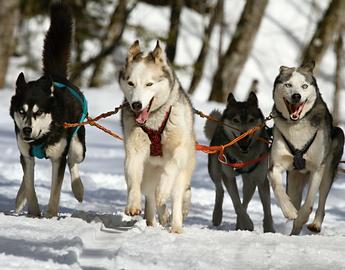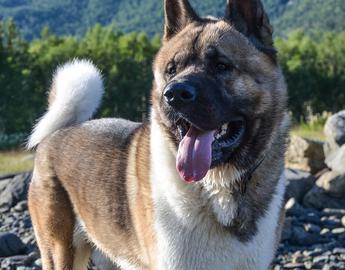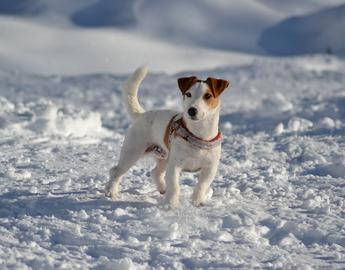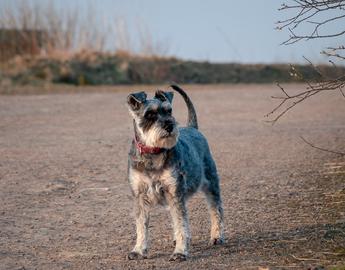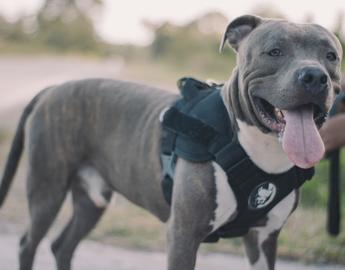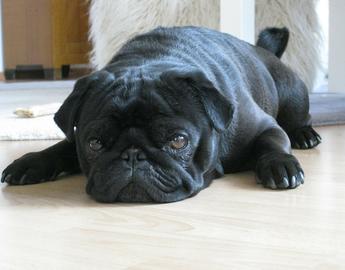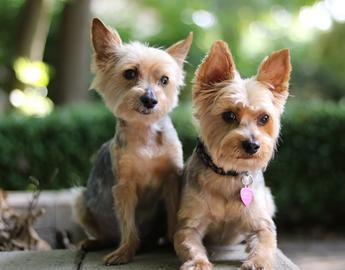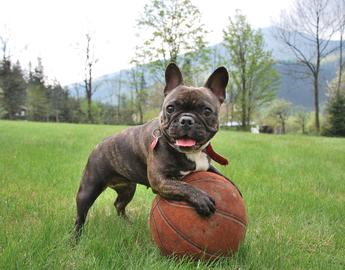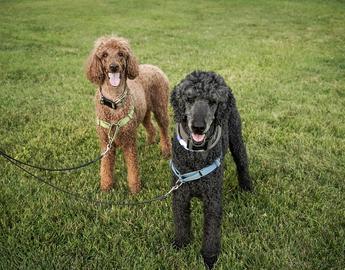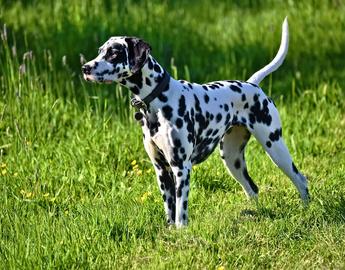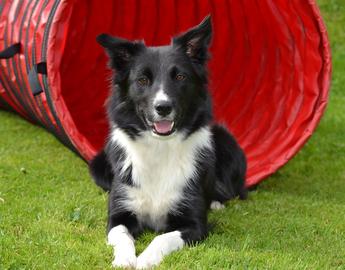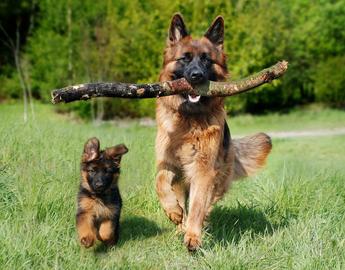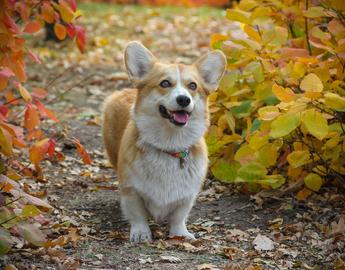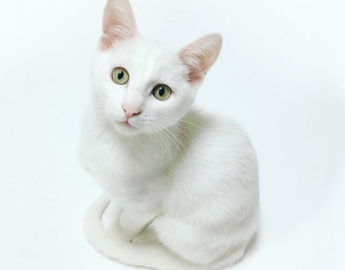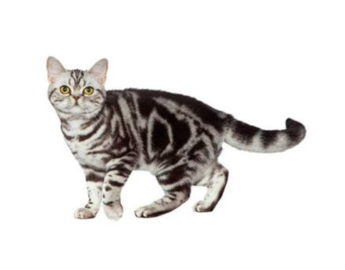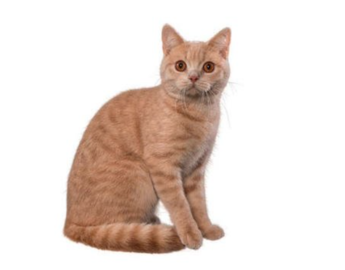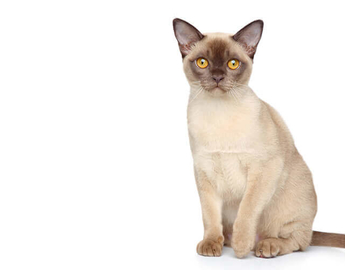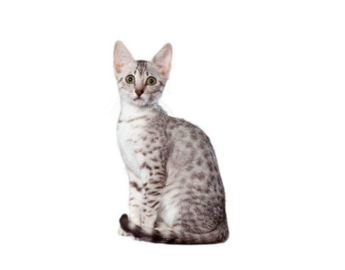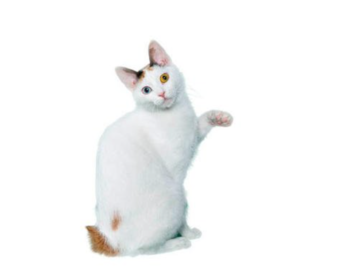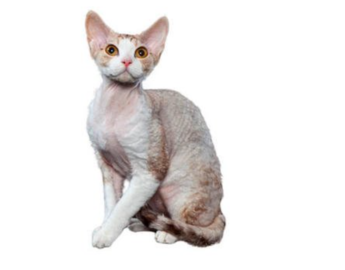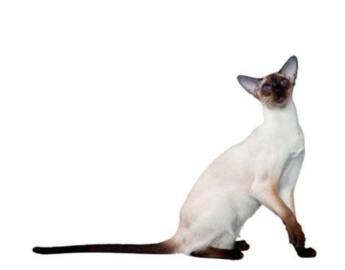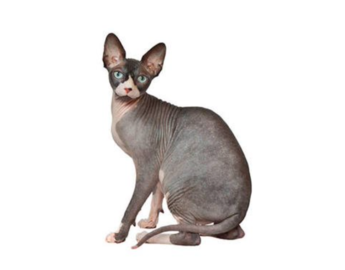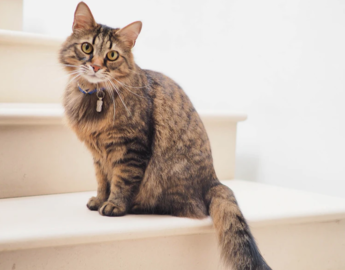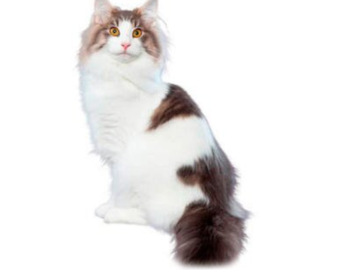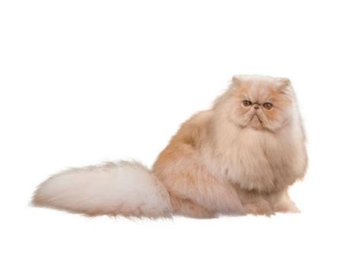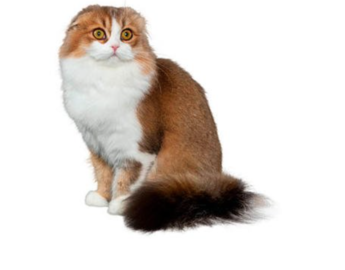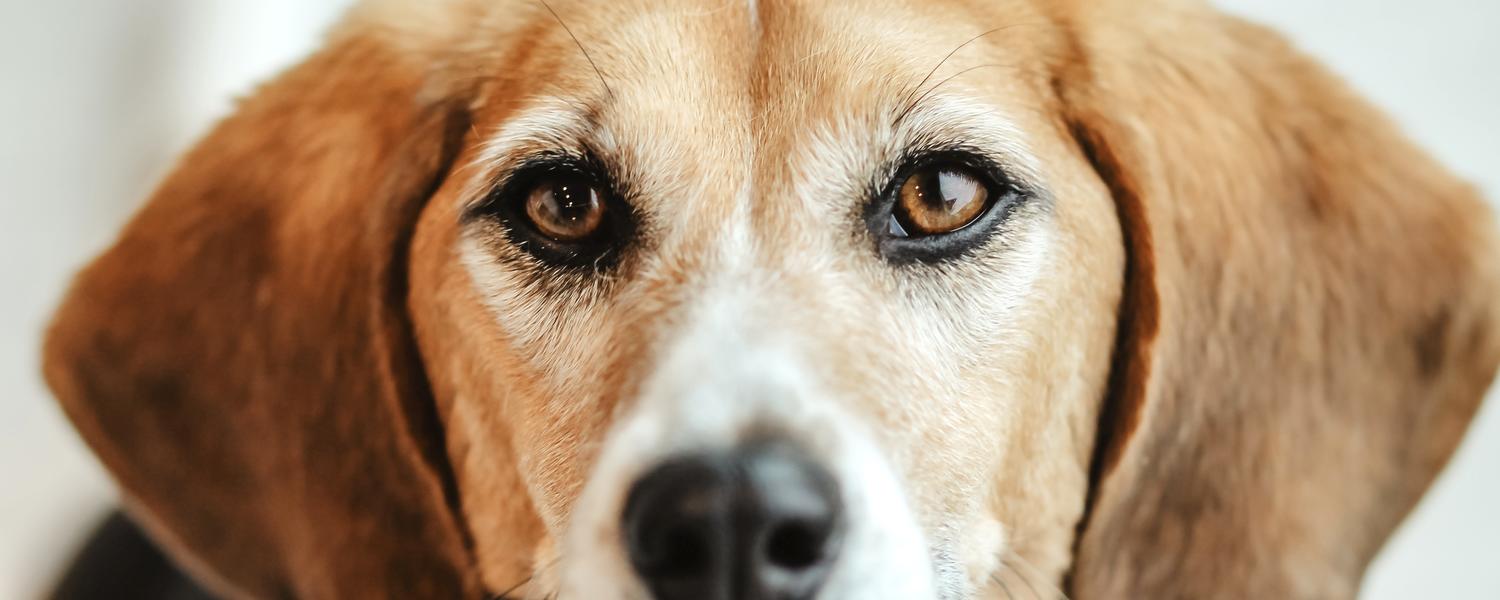
Small Animal Interactions
The term small animal in veterinary medicine refers to cats and dogs!
Dogs are descended from the grey wolf and they are the oldest domesticated animal. They have been domesticated so long that we have a hard time pining down exactly when and how they were domesticated.
Cats descended from the African Wildcat. It’s believed that cats became domesticated long ago when people began growing their own crops. The crops were a great new food source for local rodents and their populations grew. The cats followed the rodent population and began living close to humans which would eventually lead to their domestication!
Small Animal Restraints
Restraints are different ways to safely hold animals for different medical procedures. Using proper restraint technique is very important to not only ensure the safety of the animal but also ensure the safety of the people handling the animal. There are 3 restraints that we commonly use in veterinary medicine to assist with examining small animals and doing different medical procedures. Regardless of the restraint we are using, whenever we have a patient on a table for an exam or procedure, we must ALWAYS have at least a hand on them to ensure that they are not able to fall or jump off the table!
In veterinary medicine we try and make handling as least stressful as possible for the animals. Some techniques we use to reduce stress for our patients include: asking our patients to sit or lie down for us, distracting scratches/pats/encouragement and toys, and using treats to reward for cooperation.
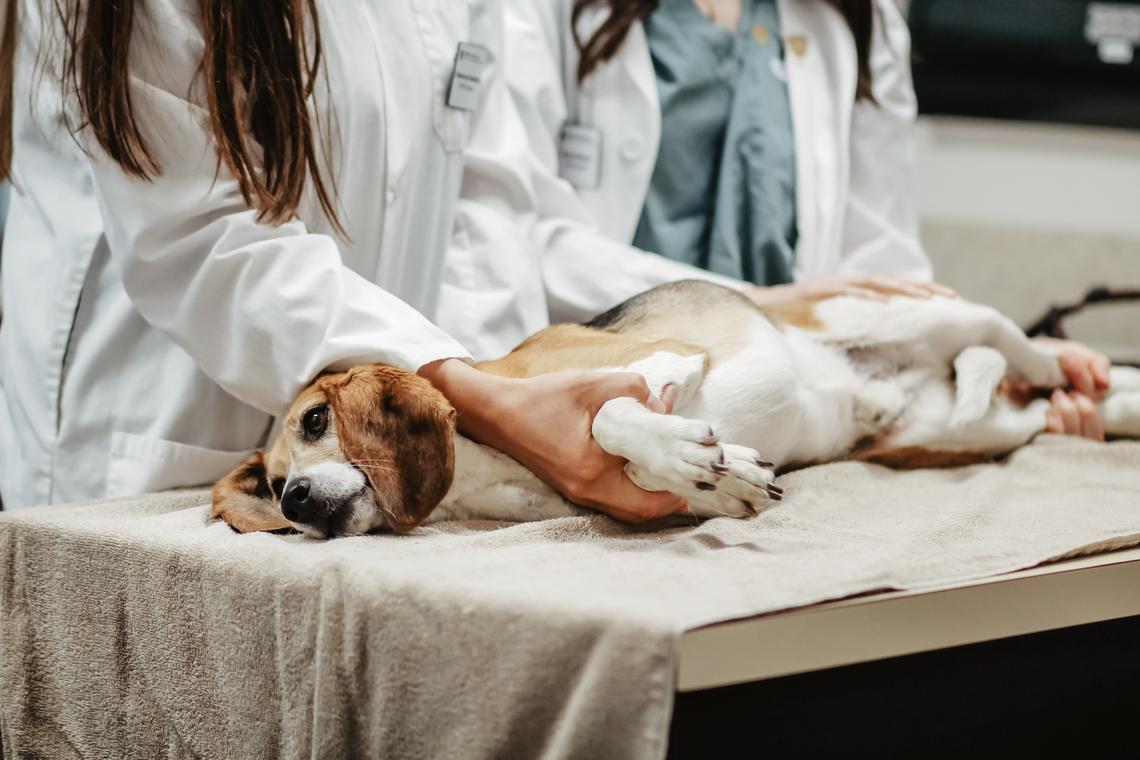
Lateral Restraint
This is a restraint where we gently hold an animal on its side. We try to encourage the dog or cat to lie down or sit themselves using treats and then move them into the desired position. When in lateral restraint it is very important to hold the legs closest to the floor, as these are the legs that the dog or cat will primarily use to get up and out of the restraint. We use this restraint to collect blood from patient's legs, for X-rays, and many more procedures.
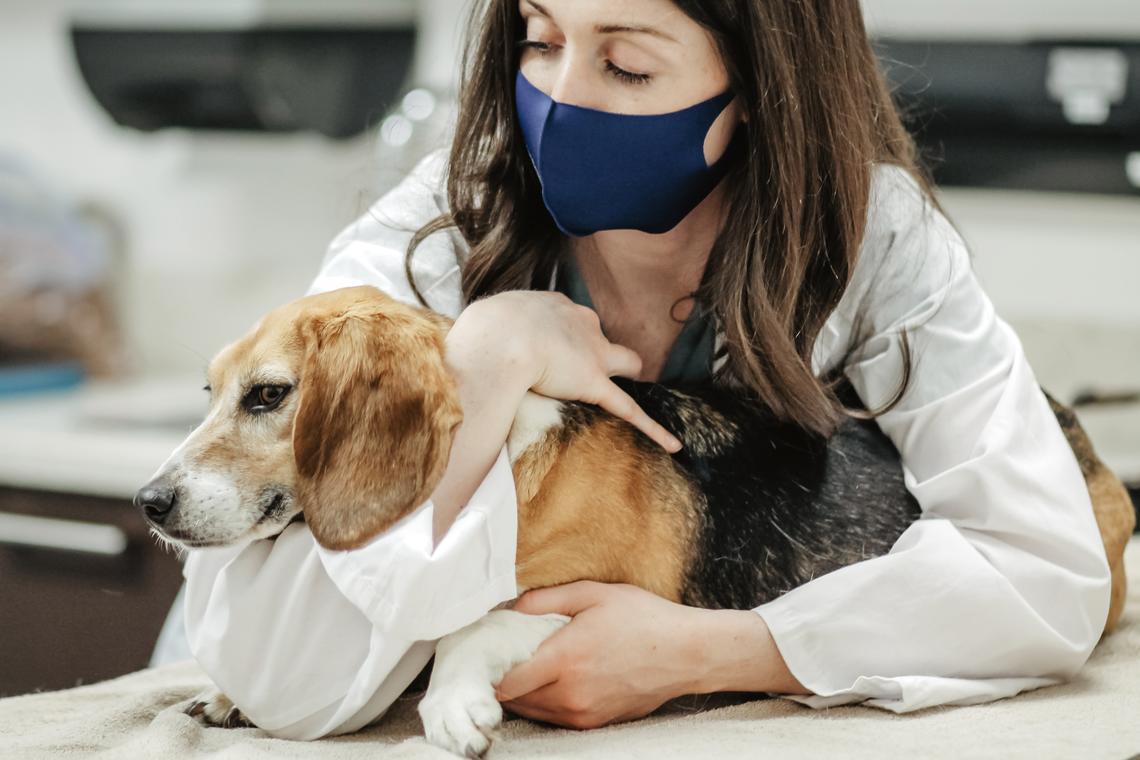
Sternal Restraint
This is a restraint where we gently hold an animal in a position where they are lying down on their chest and stomach. We try to encourage the dog or cat to lie down or sit themselves using treats and then move them into the desired position. When in sternal restraint it is very important to hold the patient's head, while the handler moves their own head out of the way, to ensure they and the handler are safe and the patient is unable to bite. We use this restraint to collect blood, place IV catheters into patients legs, complete physical exams, and many more procedures.
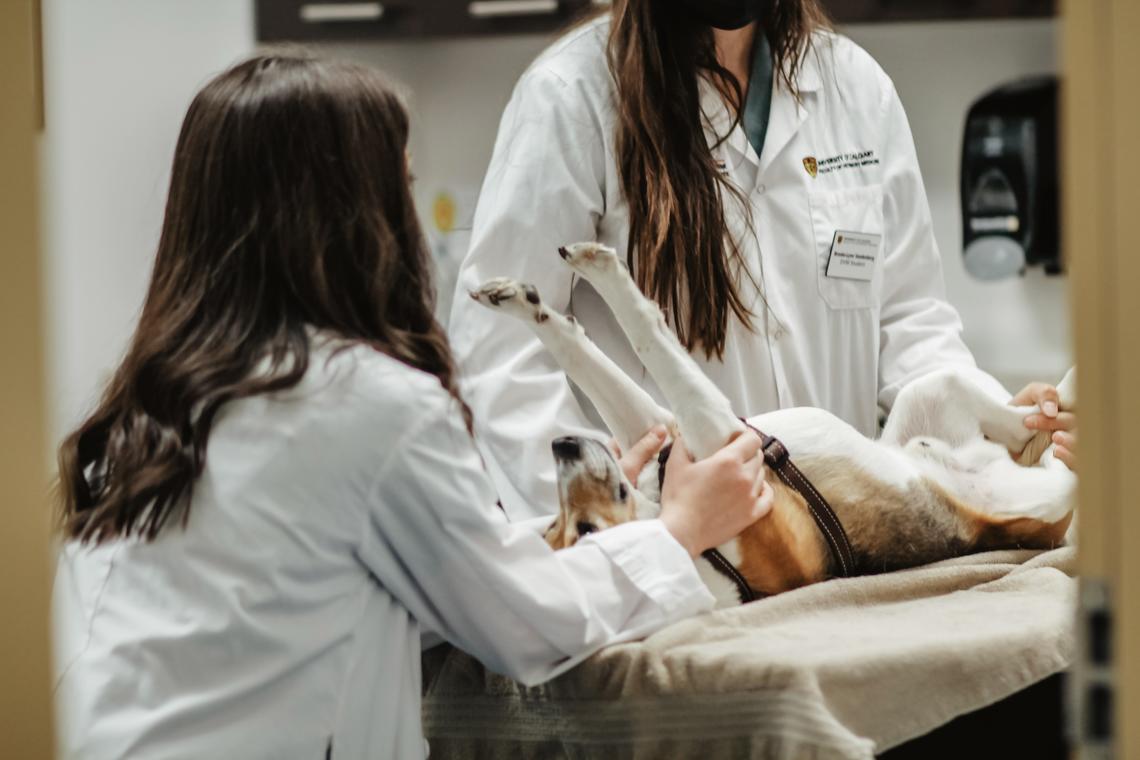
Dorsal Restraint
This is a restraint where two handlers gently hold an animal on its back. One person holds the patient's head and front legs, while the other holds its back legs. Communication between handlers is very important for this restraint to ensure coordinated movement of the animal onto its back. We use this restraint to collect urine from the bladder using a needle, X-rays, ultrasound the abdomen, and many more medical procedures.
Small Animal Restraints
Watch this video to learn more about small animal restraints and see them in action!
Cat Burrito Restraint
The cat burrito is a funny name for when you wrap a cat in a towel, like a burrito, to hold a cat. Learn how to wrap a cat burrito in the video below.
Please try this on a stuffed animal at home! To practice this skill the materials you need are a towel and a stuffed animal. IF you try this on your cats at home (which we do NOT recommend) please be patient and careful, some cats do not like being a burrito! We do not want you to get injured or stress your cat out.
Small Animal Medications and Injections
Giving animals medication is a large part of veterinary medicine. Appropriate measurements of medication and using proper technique are vital skills when administering medication to any animal. Learn some of the common methods and proper techniques of giving medications.
We have sent several different sizes of syringes in your swag bags! Feel free to try using them all to see how they feel different in your hand. Is one easier to use than the other? Did you know that it takes vet students a while to get used to the feeling and comfortable handling a syringe?
*We did not include any needles in your swag bags and Jin was only using a stuffed animal to practice.

Injection Sites
Here is an overview of the small animal injection techniques covered in the video above.
More information can be found under the 'Veterinary Skills' page!
Image credit: https://encrypted-tbn0.gstatic.com/images?q=tbn:ANd9GcTp6z2cvvwnm0vmbRzdcByHwjFD7XIJYtzubA&usqp=CAU
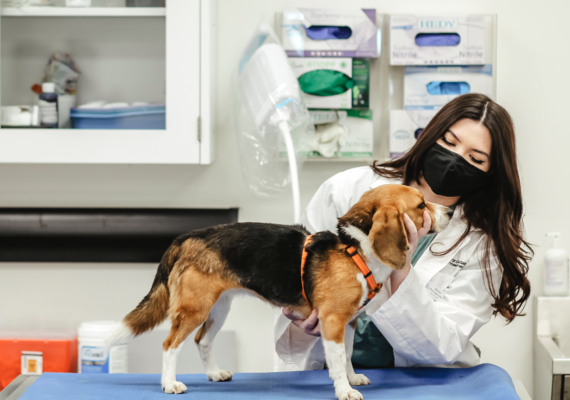
Small Animal Physical Exam
Physical exams are one of the most important skills in veterinary medicine. Our patients cannot tell us what is wrong, so it is very important to examine our patients thoroughly, in order to find any hints that might tell us if something is normal or abnormal. Thus, it is important to understand how to complete a physical exam on a small animal, such as a dog or cat. You will learn some of the critical skills needed to complete a physical exam on a small animal below, and with practice maybe you can do a physical exam in under five minutes like our experienced vets!
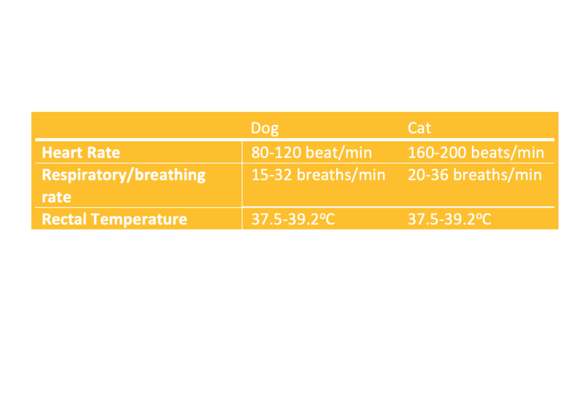
Small Animal Normal Vitals
When performing a physical exam, we are collecting information about the animal to determine if it is normal or abnormal, and whether or not something is wrong and worth investigating. In order to determine if the information we collect during a physical exam is normal, we compare it to references ranges specific to that species!
Here are some references ranges for canine and feline heart rate, respiratory rate, and temperature.
Emergency Veterinary Medicine
It's always a bit hard to know when to take your pet to the veterinarian. Learn some signs to look for in order to avoid some common veterinary emergencies,and hear some interesting stories with Dr. Murphy in the video below!
Dog and Cat Dentals
Just like humans, dogs and cats can also have teeth problems and need to see a dentist. However, their dentist is a veterinarian!
Just like us, it is recommended that dogs and cats get dental procedures done regularly to remove built up tartar (hardened plaque deposited on teeth) or rotten/broken teeth, to ensure teeth and gum health and longevity. Dental health is important because in some cases bacteria from the mouth can circulate throughout the body and cause other issues in our animals.
How do we do dentals on dogs and cats?
Unfortunately, our animal patients are not often as cooperative for procedures as humans can be. For this reason, and others, we sedate animals and put them under anesthesia when doing dental procedures.
In order to sedate these animals appropriately, we must first place an intravenous (IV) catheter to be able to put drugs directly into their veins. This makes it easier for us to control the amount of drugs our patients receive and the time it takes for these drugs to take effect (because we have direct access into a vein it is much faster than other methods).
Once an IV catheter is placed, we give drugs to the patient through the IV catheter to induce sedation for the dental procedure. Once sedated, we are able to insert an endotracheal tube (ET) tube down their throat into their airways, to which we can attach tubing that provides oxygen and anaesthetic gas to help them breath and maintain sedation. Under anaesthesia we monitor the patients heart rate, breathing rate, and blood flow and pressure in order to ensure these vitals are normal.
Once under anaesthesia, we first do an ultrasonic dental cleaning to remove any built up tartar. After cleaning the teeth, the veterinarian does an exam to determine the health of the teeth and gums. After the dental exam, we take dental radiographs or X-rays. This is an important step because without X-rays it is almost impossible to tell how a tooth looks underneath the gums. After consulting the dental X-rays, veterinarians and veterinary technicians extract or remove any teeth that have rotted or are concerning for future health. Once these steps are complete, we polish the teeth, just like human dentists.
After the cleaning, polishing, exam, and any extractions are done, the patient's sedation is reversed with drugs that bring the patient out of sedation and anaesthesia to wake them up from the procedure. We then monitor them to ensure they are recovering well.
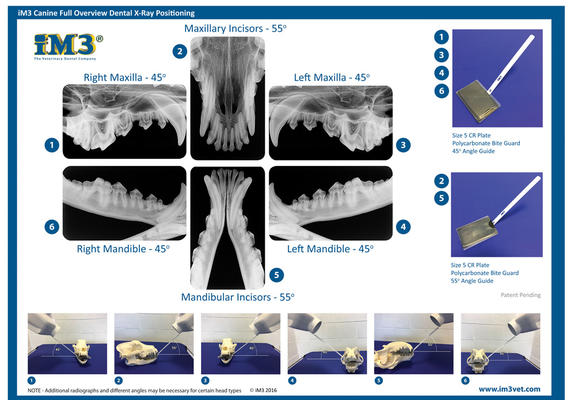
Dental Radiographs
When taking dental radiographs, we systematically take "pictures" of all the teeth of the mouth. Here is a picture showing all the different pictures or "views" that we take of the mouth.
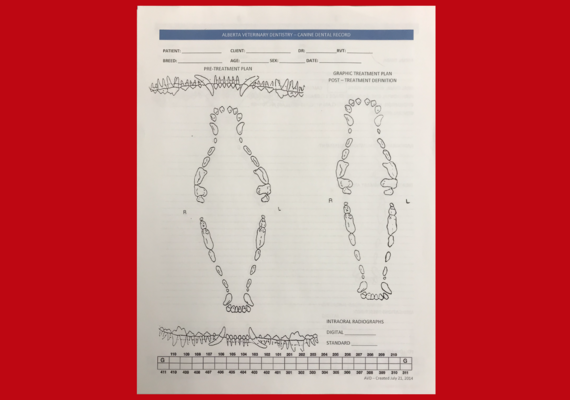
Dental Charts
Keeping an accurate record of our patients teeth for future management is very important! In order to help with this process, veterinarians use dental charts to note important values or any abnormalities associated with each tooth. We also number the teeth systematically so we can consistently and accurately keep track of the teeth and their health. Systematically numbering the teeth also improves and simplifies our communication with others in the veterinary field. The image on the left shows an example of a dental chart that we use for our dog patients.
Diana's Dental Procedure
Watch one of our teaching dogs Diana get a dental and learn with Dr. Brown the importance of this procedure and how to read a dental X-ray in the video below!

Post-Dental
As mentioned above, after the dental procedure is complete, we must reverse the patients sedation and closely monitor them to ensure they are recovering well from the procedure. One of the important things that we monitor while an animal is recovering from anaesthesia is their temperature, as animals are very susceptible to becoming too cold during the procedures!
Here you can see Marisa sitting with Kallie, one of our teaching beagles, after her dental! Kallie is wrapped in several blankets and a heating pad in order to try to warm her up after her procedure!
At-Home Dental Care
Now, Camp Leader Jin is going to show us how to brush our own pet's teeth with his cat, Ghost!
Dog Breeds
Dogs have the greatest level of physical variation within a single species! This is because of extensive breeding efforts in order to create dogs for specific jobs over hundreds of years. Kennel clubs organize breeds into groups based on the purpose the dogs were bred for. The Canadian Kennel Club has 7 breed groups.
Cat Breeds
There are 71 cat breeds recognized internationally.
Here we have divided some of the more popular or interesting feline breeds by their hair length! Read below to learn more about different cat breeds!
Image Credits: Purina, Cat Breeds

